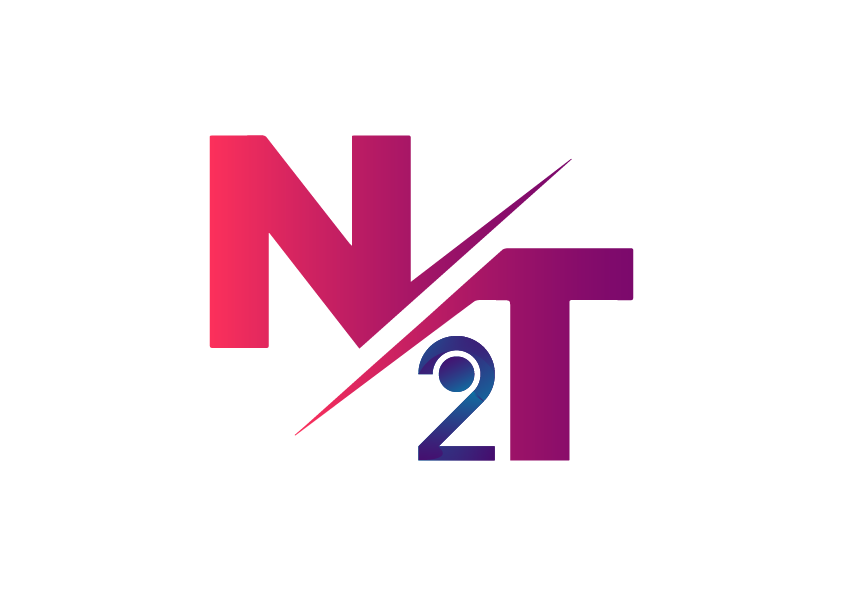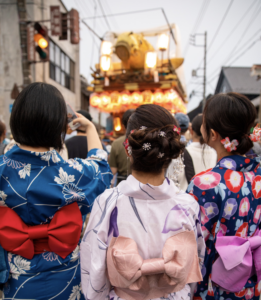Ads
Ten years after Angelina Jolie announced her decision to undergo breast reduction surgery due to her high risk of breast cancer, the “Angelina Jolie Effect” continues to have a profound impact on women with a breast cancer-related gene mutation. Evelin Scarelli, diagnosed with breast cancer at the age of 23, shares her journey and the difficulties she has faced as a result of her mutation.
Scarelli discovered her breast cancer by chance. She had no symptoms or suspicions until one day, while touching her breast, she felt something strange. At her first appointments, doctors didn’t believe she had a tumor due to her young age. They thought it might be a benign nodule or something less serious. However, further tests confirmed that it was indeed an invasive carcinoma.
Two years after her diagnosis, Scarelli received more shocking news: her mother also had breast cancer. This prompted medical professionals to recommend genetic testing for both Scarelli and her mother. The tests revealed that they both had mutations in the BRCA2 gene, which increases the risk of developing breast cancer.
At the time, genetic testing for breast cancer gained worldwide attention when Angelina Jolie publicly announced her own genetic mutation in the BRCA1 gene and her decision to undergo preventive surgeries. Jolie’s story shed light on the importance of genetic testing and raised awareness about breast cancer risk for women with mutations.
Scarelli, now 35 years old and a mother herself, has faced numerous challenges throughout the past decade and a half. She has had to make shared decisions with her medical team regarding her cancer treatment, health monitoring, and personal and family life. Initially, she felt the need to keep her mutation a secret due to society’s lack of understanding and acceptance. However, she has now become more open about her DNA mutation, although she acknowledges that many women still cannot openly discuss their mutations due to work or healthcare costs.
Another woman, Joana Guimares, also has a BRCA2 mutation but has never been diagnosed with breast cancer. Her discovery followed a primary caregiver’s tumor diagnosis and subsequent recurrence. It was revealed through genetic testing that Guimares had inherited the mutation, which could potentially be passed on to her children.
The question arises as to when genetic testing for breast cancer-related mutations is really necessary and useful. According to Dr. Rodrigo Guindalini, 1 out of every 10 cases of breast cancer is linked to genetic and familial factors. Guidelines suggest that not every woman, or even every patient with breast cancer, needs genetic testing. Factors such as family history, age at diagnosis, and tumor characteristics are taken into account when determining the need for testing.
In Brazil, genetic tests for breast cancer are not currently covered by the public healthcare system. They are only covered by health insurance plans for patients under the age of 35 who can provide clear evidence of a suspected hereditary component. However, the cost of these tests has significantly decreased over the past years, making them more accessible. A genetic panel, which evaluates several genes at once, can now be done for around R$2,000.
Doctors and patients alike advocate for expanding testing criteria and making the results available through the National Health Service. This knowledge can make a significant difference in how women with these mutations are treated and monitored.
The “Angelina Jolie Effect” continues to inspire and educate women about the importance of genetic testing, while also highlighting the challenges and difficulties faced by those with a breast cancer-related gene mutation. With increased access to testing and knowledge, women can make informed decisions about their healthcare and take steps to reduce their risk of developing breast cancer.






